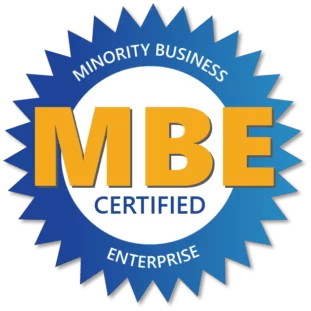Many enterprises are bringing machine learning into their organizations but there is a glitch as tech pundits predict it will lead to massive layoffs. There is a human side of machine learning and the analogy is not so true according to the findings of different research studies.
Research has shown evidence that highly skilled human employees will prove vital during the transformation and beyond. Yes, The “people” part of the business isn’t going anywhere.
It is true, the integration of machine learning is going to demand new ways to define roles and responsibilities, new skills to either build or co-exist with advanced algorithmic labor and perhaps most importantly, a culture built to continuously evolve and learn along with its AI capabilities.
There is a great number of organizations surveyed that are already benefitting from machine learning, we call them “fast learners.” All such enterprises are staffed with people dedicated to run these machines rather than working against them. This goes from very top of the organization and throughout it.
The main challenge is to keep up with the machines and digitally transforming the organizations to create fallow ground for technologies for machine learning, Big Data, IoT, and analytics to survive and thrive. Avoiding the need to digital transformation through any kind of organizational resistance will prove critical.
The company leadership should take responsibility to head off resistance in this regard. Fewer fast learners suffer from a lack of strategic clarity about machine learning – as opposed to previous enterprise software efforts, when top executives often checked out. In case of these fast learners, C-level executives are engaged with machine-learning strategy to a higher degree than in other organizations.
With a clear strategy for digital transformation, machine learning specifically will be important if organizations are going to attract a new breed of intuitive and inquisitive technologists. The skills may be hard to find – a lack of available external machine learning expertise was named by fast learners as a top challenge.
To add more to it, executives should enlist their skilled non-IT professionals to work together with technologists in order to develop the organization’s machine learning capabilities. With the passage of time, the machine learning enterprise will begin to function differently. It will adjust business processes, staffing models, and learning along with development programs to adapt to the speed and scale at which machines can learn.
The important part of machine learning is that it enables enterprises to exponentially increase the scale of their capabilities without increasing staffing – a.k.a. “non-linear growth.” This means more involvement of people, but at a higher level, to manage, analyze, or act upon the machine learning output.
Fast learners are embracing the organizational and cultural shifts required to succeed with machine learning. They have recognized that the value of machine learning will only come with the optimal combination of human and digital labor. That may explain why fast learners say that organizational resistance is less of a challenge than in other organizations.
As a result, they have a head start not just in developing machine learning capabilities, but in adapting their enterprises for a near future in which the integration of man and machine learning will be a competitive necessity.





